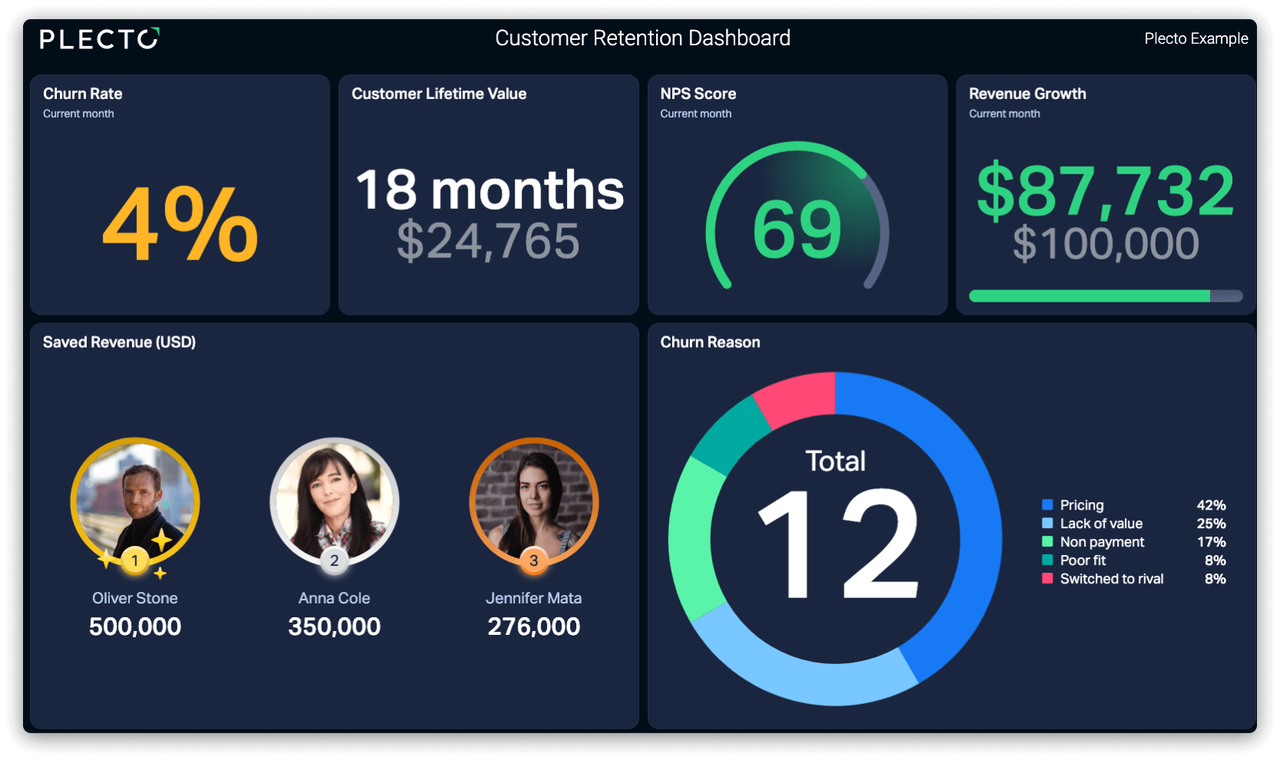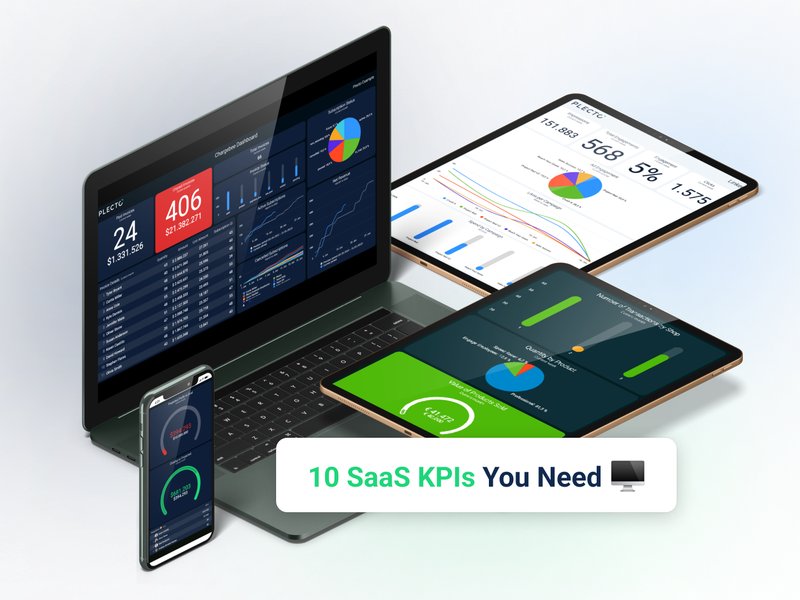What is customer retention?
Customers are sensitive creatures. While you may find them easy to attract, one of the big questions is how will you retain them in the future? From the very first interaction with the company, the customer develops their own experience. If the customer’s journey is favorable, it increases the probability that the customer will come back again. Retaining customers is extremely difficult in today’s market when industry rivalry is intense and the market is full of substitutes. According to the newest survey data, 86% of buyers will agree to pay more for a better experience, resulting in 9 out of 10 companies fighting for providing better customer experience.
The importance of customer retention for a successful business
Naturally, no business can survive without customers. Accordingly, having repeat customers can stabilize or increase your profit while lowering your customer acquisition costs (CAC). Over time, businesses can use long-term customers to get deeper insights, to help make your offering even better. Having more long-term customers will make it easier to upsell or cross-sell in turn boosting your business.
Customer retention vs. customer loyalty
If you often find yourself getting mixed up between customer retention and customer loyalty, let us explain the difference to you! Customer loyalty is the cause of successful customer retention. Repeat purchases are made for one reason or another, but loyal customers choose a brand from the heart without making any radical decisions. For this reason, customer retention can be tracked using quantifiable data, while customer loyalty is a subjective evaluation of business performance. So, customer loyalty and retention are closely related definitions, but they are very dependent on each other.
Metrics for retention
As customer retention is an essential part of any successful business and has huge importance in building customer relationships, we will explain to you the 7 most important customer retention metrics along with tips on how to measure them!

1. Churn Rate
We will start with one of the most "painful" metrics for retention. The churn rate refers to a percentage of customers who cancel their subscription or stop doing business with you.
Experiencing some degree of churn is inevitable. However, if you are experiencing high churn, or the churn rate is increasing, this is a cause for concern and finding a proper solution. High churn directly impacts your business revenues by increasing customer acquisition costs and reducing customer lifetime value.
Even if your churn rate is too high - don’t worry -, everything is still fixable! Firstly, it is vital to analyze the reasons why customers decide to leave your business. Collaborate closely with your customer support and sales department to understand the causes of customer churn. Your team needs to be proactive and identify customers who are at risk of churning and take action, which will possibly reduce the risk of cancellation. Another technique to decrease churn is to give customers a deeper connection to your brand: suggest extra services, offer special discounts, or release new features only for selected customers.
To calculate the churn rate, use this formula:
Churned Subscription divided by New Monthly MRR
2.Customer Lifetime Value (CLV)
Customer Lifetime Value (CLV) shows how much profit a customer will bring to a business, during the average period within the business. It has a positive impact on brand value and customer loyalty and CLV is one of the most needed metrics for retention, which plays an essential role in the business world.
If you want to increase the customer lifetime value, you need to find ways to retain customers. The longer customers stay with your company, the larger your customer base and the more credible your business will become. Monitoring this KPI can increase a company’s revenue and improve marketing and sales effectiveness.
There are several benefits to tracking CLV, but what strategies can increase customer retention? The first and most important thing is to maintain excellent customer service, which requires sustaining a close relationship with your customers. Another strategy would be to offer loyalty programs or incentives to reward your customers!
To calculate the CLV metric, use this formula:
Customer monetary value multiplied by average lifetime
Build your first dashboard.
Start your 14-day free trial today
3. Net Promoter Score
Net Promoter Score (NPS) is a metric for retention that assesses how likely customers are to recommend a company to others.This metric is used to measure customer loyalty, but it also has a significant impact on customer retention.
To calculate the NPS score, customers provide quantitative data using a scale ranging from -100 to +100. Customers who are satisfied and loyal to a company have a higher net promoter score, which results in a higher CLV metric and higher profits. With an NPS score, you can assess your market position and benchmark against your competitors. Monitoring NPS helps your company get better and find new ways to keep customers coming back!
For calculating this retention metric, use this:
NPS = Promoters % - Detractors %

4. Repeat Purchase Rate
The Repeat Purchase Rate (RPR) is critically important for evaluating customer retention. The outcome of this retention metric is the percentage of customers who make a purchase more than once within a specific period. This retention metric shows your business's ability to attract repeat customers.
Monitoring RPR will help to count how many customers are repeating their purchases and how sticky they are. This will help to make data-driven decisions to improve the company's strategy and make customers as satisfied as possible!
RPR can be counted as follows:
RPR = Repeat Customer Count divided by Total Customer Count
5. Time Between Purchases
Time Between Purchases (TBP) is a useful metric for retention that measures the number of days spent between making two purchases. This metric can show the number on how many days customers need to make repeat purchases. This will make better decisions regarding marketing strategy. For example, by monitoring this KPI, you can prepare dates for sending promotional emails about new products or its new features!
TBP = 365 days divided by purchase frequency

6. Customer Satisfaction Score
You might be reading this and wonder, "Isn't this the same as NPS?" However, the Customer Satisfaction Score measures how satisfied your customer is with a specific experience with your company, whereas the NPS measures the overall customer experience. Customers who give your company a higher rating are more likely to buy from you again. Customers can be asked to rate specific aspects of their customer journey. For example, you can use various types of evaluations, such as ratings, stars, smiles, questionnaires, or anything else that works best for you and your customers. Monitoring the CSAT KPI allows your company to identify risks and opportunities for growth. This will increase overall customer satisfaction and experience, resulting in repeat business!
The CSAT is found by dividing the total number of responses by the number of satisfied customers with the highest response rates.
7. Existing customer revenue growth rate
The existing customer revenue growth rate (ECRGR) is a key metric for retention that measures the revenue earned from existing customers over a given time period. This KPI will provide precise results on how well strategies work in terms of customer retention. If this rate falls, you can look into problems and improve customer service, marketing, or sales efforts. Improving this KPI will increase sales and lower marketing costs. By correctly analyzing this KPI, your company can allocate resources and costs related to customer retention.
This formula is a bit complex, but you need to count using this data:
ECRGR = (existing customer revenue at the end of the period minus existing customer revenue at the beginning of the period) multiplied by 100.

Track those metrics for retention with Plecto!
Did you know? According to research, a 5% increase in customer retention can increase profits from 25 to 95%. That’s the reason why you need to keep an eye on changing customer needs. To be even more effective, visualize those metrics for retention and boost your sales! Plecto integrates with 100+ different platforms, where all the metric changes can be seen immediately! Be one step ahead of your competitors and increase your business performance.
Get a 14-day free trial and start making data-driven decisions with Plecto!




